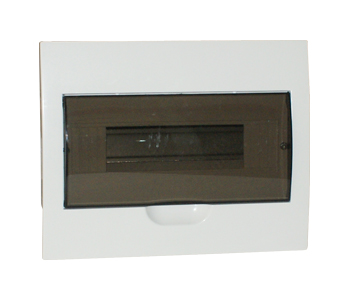Advantages and Disadvantages of Using SDI Cable

SDI cable is a versatile, inexpensive option for video distribution. It is often used for live events and broadcasting. However, it is not without its flaws. Its lower bandwidth than HDMI (which can only transmit up to 12Gbit/s) means that it cannot handle very large video signals. This can affect the video characteristics of the signal.
One of the main benefits of SDI cable is that it uses a real-time transport protocol for transmission. This ensures that the signal is better transmitted and is less likely to change. Most types of cable use this technology. If you want the highest quality signal transmission, SDI is the cable for the job.
SDI stands for "Serial Digital Interface", and it is a digital video interface standard that transfers digital video signals over coaxial cables. This cable can be as long as 300 feet and can be used to send both an audio and video signal. This type of cable also contains an embedded clock to ensure the accuracy of the signal. It was developed by the Society of Motion Picture and Television Engineers in 1998. There are several different types of SDI cables, and these differ in video formats and bitrates.
The SDI cable is a great choice for video production and distribution. It allows for high-quality video to be sent over long distances. The video quality of SDI is much higher than that of HDMI. SDI is more professional than HDMI, and the video signal itself is much more reliable. HDMI signals can suffer from signal degradation over long distances.
SDI also offers a higher-speed interface for digital video and audio transmission. Generally, it can transfer video at up to 12 gigabits/sec. This allows for higher quality and better image resolution. SDI cables can be used for live streaming and broadcasting. A good example of this is the Blackmagic Ursa Mini 12K, which has both SDI input and output.
Another difference between SDI and HDMI is the cost. SDI is generally cheaper than HDMI, making it a better option for professional video production. However, SDI cables are thicker and more difficult to handle compared to HDMI. Only high-end video recording equipment can handle SDI connections. This means that SDI cables are best for professionals.
SDI cables have BNC connectors that lock in place. This makes them more reliable than HDMI, which cannot be locked into place. Moreover, SDI cables use coax cable, which is widely available and relatively cheap compared to proprietary HDMI cable. They also have longer cable lengths, which can save you money.











